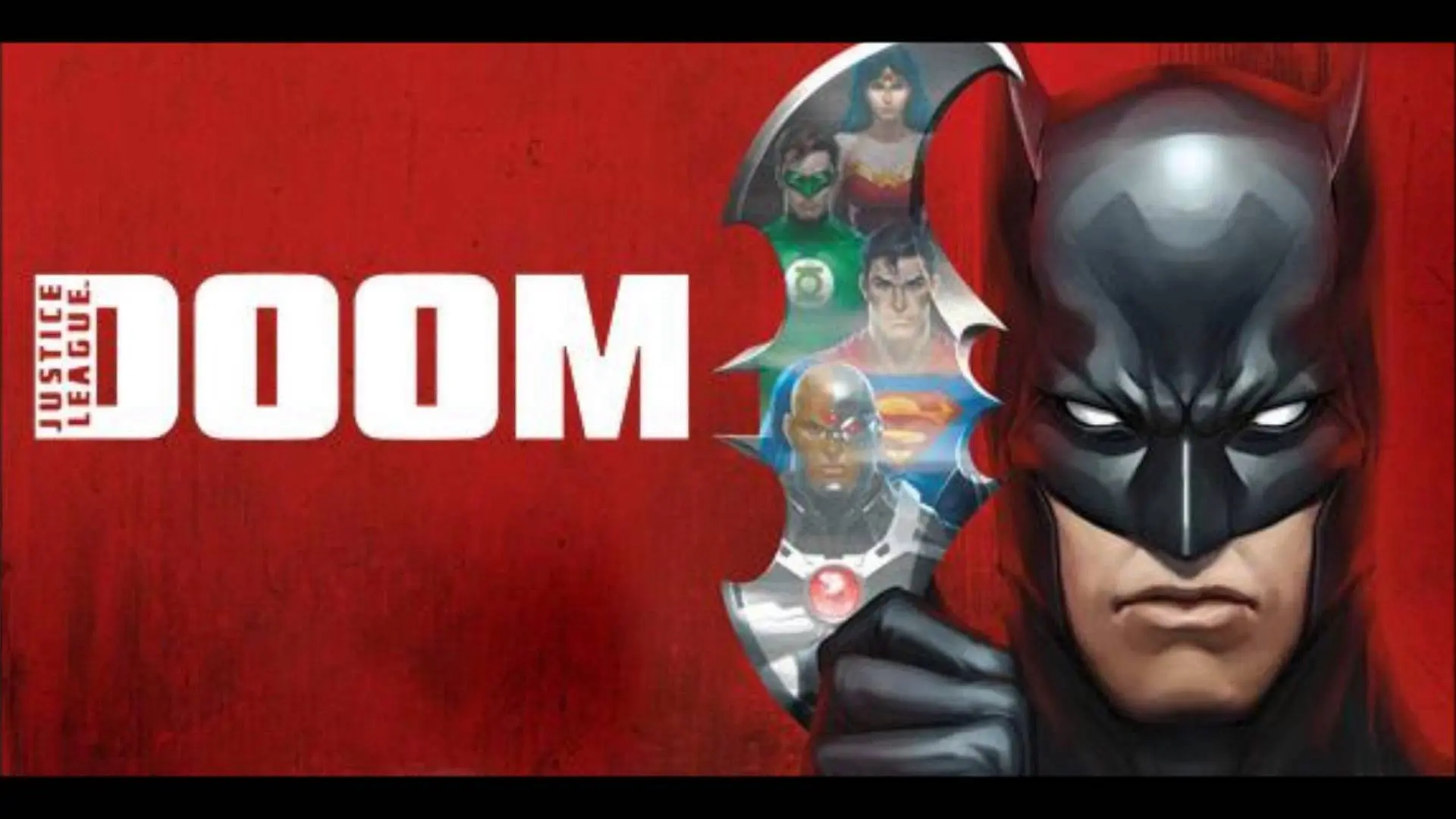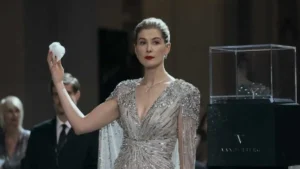Summary
Justice League: Doom tackles a familiar team vs. team story as DC’s stalwarts take on the Legion of Doom, but it’s a surprisingly dark story that holds up pretty well.
Justice League: Doom is the motion picture version of Mark Waid’s Justice League of America arc, JLA: Tower of Babel, from 2000, adapted for the screen by the late Dwayne McDuffie, who died shortly after finishing the script. It’s also a sort-of sequel to the rather good Justice League: Crisis on Two Earths, retaining the same character designs, being set, I think, in the same universe, and providing another iteration of the tried-and-true team vs. team structure.
It is familiar, I guess, but if Justice League: Doom accomplishes something tangible among the usual large-scale action these films are known for, it’s a darker treatment of the Justice League that pushes each member to their physical and emotional limits (and the film to the very brink of its PG-13 classification.) Ever wanted to see Batman get buried alive with his father’s bones, or Martian Manhunter perpetually immolate as he sweats flaming magnesium? Well, this is the movie for you.
Yeah, I was surprised too. The main plot is kick-started by an immortal tyrant, Vandal Savage (Phil Morris), hiring various lesser-known nemeses of the Justice League into his very own Legion of Doom, which doesn’t feel like too much of a deviation, structurally or thematically, from the set-up of Crisis on Two Earths. The hires include Bane (Carlos Alazraqui), Cheetah (Claudia Black), Metallo (Paul Blackthorne), Star Sapphire (Olivia d’Abo), Ma’alefa’ak (Carl Lumbly) and Mirror Master (Alexis Denisof), who aren’t doppelgangers of the Justice League, but are iconic-enough villains in each member’s respective mythology that they function more or less the same way.
But, importantly, that isn’t all. Savage has access to a variety of “contingency plans” pilfered from the Bat-computer which detail how to completely neutralize each member of the League should they ever turn heel, and with that information, his cronies can jump the queue straight to the flavor of physical and/or emotional torture our heroes are most susceptible to.
This is interesting, or at least it is for a while, but the movie is once again hamstrung by its running time, such that it can’t properly explore the moral and ethical ramifications of Batman spending his downtime detailing schemes to torture all his mates. Without the meat on the story’s skeleton, what we’re left with is, essentially, three large action scenes that run for about 20 minutes apiece. Not that I’m necessarily complaining; the action is suitably violent and well-staged, the animation is typically excellent, and the whole thing is lean and exciting. It just doesn’t have the staying power of a really great superhero story, which is a shame given that the premise tees one up.
This is getting so familiar that I’m starting to simply consider this a baked-in issue and judge these movies on a slight curve. Tower of Babel only ran for a few issues, but in a fairly literate comic book that’s still a lot of material to translate into 77-minutes, and I’m tired of reiterating the same old criticisms, however valid they might be.
So, let’s be positive. Long-time fans will be pleased that Justice League: Doom employs a who’s who of DC animation to voice the Justice League; Tim Daly (Superman), Kevin Conroy (Batman), Susan Eisenberg (Wonder Woman), Michael Rosenbaum (Flash) and Carl Lumbly (Martian Manhunter) all reprise their iconic roles, while fan-favorite Nathan Fillion voices Hal Jordan, and Bumper Robinson assumes the mantle of Cyborg.
The latter wasn’t in the last one, and it’s cool to see him here, especially in a prominent supporting role as the one member of the Justice League who isn’t compromised when Batman’s files are stolen. The late McDuffie spent much of his career working to bring black superheroes to prominence, and it seems fitting that his final work has the bittersweet honor of featuring a black hero who doesn’t feel tokenistic. The attention to Cyborg’s high-tech armor also shows the meticulous detailing of Lauren Montgomery’s anime-inspired design sensibilities; she directs and produces this time, and her fingerprints are all over Justice League: Doom.
You can expect the usual problems that seem to always crop up when it’s an iconic work being adapted; it’s depth-averse and oddly-paced in parts, but the action is top-notch and the central idea – that of your favorite heroes being brutally tortured for the entire second act – is a gut-punch premise that really works. I could have used a more thorough exploration of what it might mean for the Justice League (and superheroes generally) that Batman’s a moody paranoiac with near-limitless resources, but I guess that’s asking a little bit too much of an animated feature that scarcely runs longer than an hour. It is what it is. And it’s alright.




